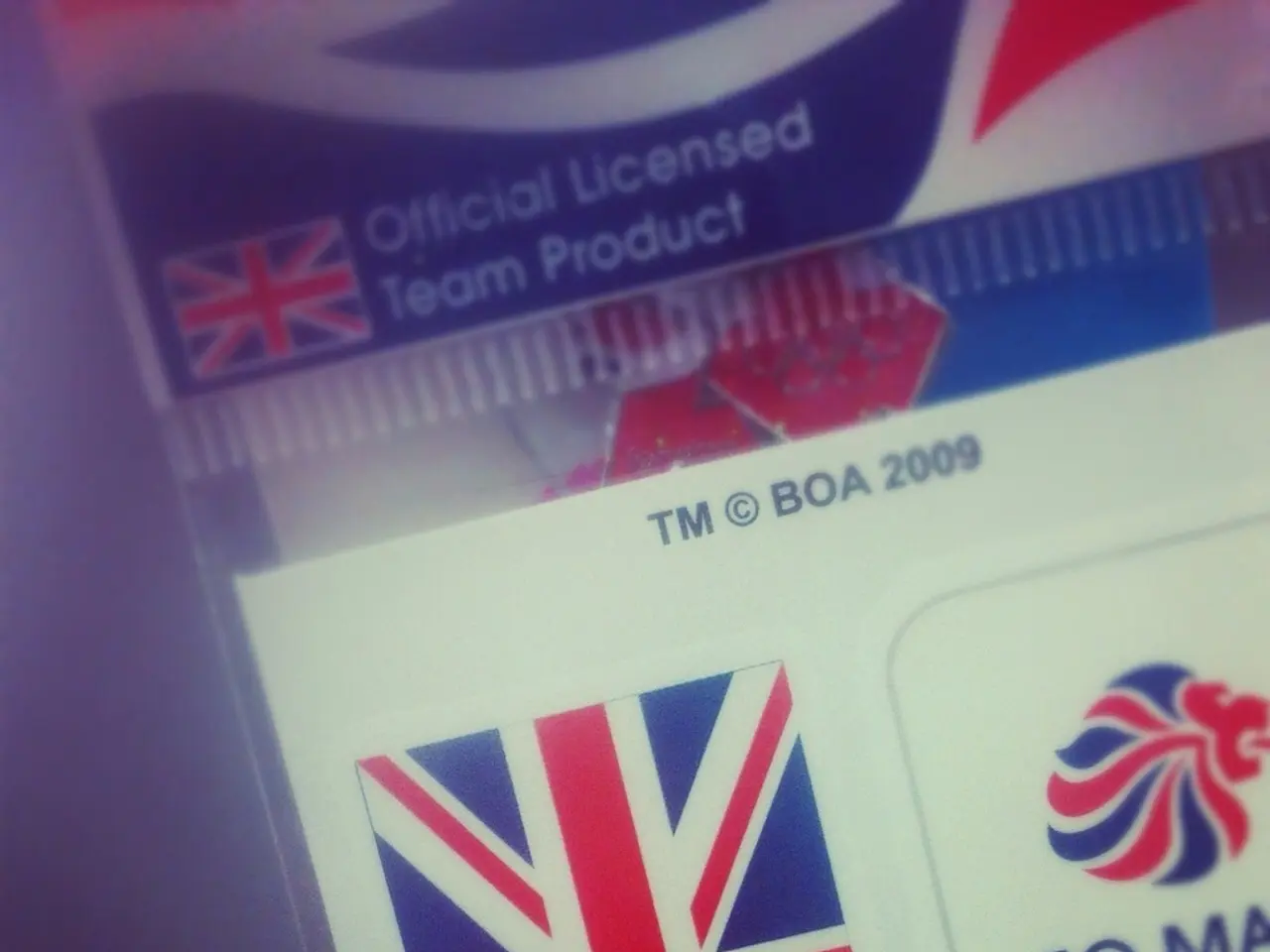Enhancing Financial Wellbeing: A Handbook for Solo Mothers
Empowering Single Mothers: A Guide to Financial Stability
In an effort to help single mothers achieve financial stability and peace of mind, we've put together a practical budgeting and savings plan. Regardless of income level, it's possible to cultivate the habit of saving money and set the foundation for a secure financial future.
Step 1: Calculate Your Income and Expenses
To get started, list all sources of income such as salaries, child support, and benefits after taxes. Then, categorize your expenses into fixed (rent, utilities) and variable (food, clothing, entertainment) costs.
Step 2: Choose a Budgeting Framework
The 50/30/20 rule is a popular and effective budgeting method:
- 50% allocated to needs (housing, food, childcare)
- 30% for wants (leisure, non-essentials)
- 20% for savings and debt reduction
Adjust these percentages according to your income, prioritising essentials and saving as much as possible.
Step 3: Reduce Costs in Essentials
Look for ways to save on food by meal prepping and shopping sales. Consider cutting unnecessary subscriptions or cable TV. Seek out discounts on clothing and childcare where possible.
Step 4: Cut Back on Non-essentials
Limit dining out and impulse spending. Make homemade gifts instead of costly presents. Consolidate credit cards and refinance loans to reduce interest payments.
Step 5: Set Up a Savings Goal and Emergency Fund
Aim first to build an emergency fund with about 3 months’ worth of expenses (or a starter goal such as $1,000). Treat savings like a fixed monthly bill to yourself and automate transfers to your savings account to ensure consistency.
Step 6: Track and Adjust Your Budget
Monitor your income and expenses using budgeting apps or spreadsheets. Adapt your plan monthly based on changing needs and financial goals.
By following these steps, single mothers can gain better control of their finances, reduce debt, build savings, and achieve peace of mind knowing they have a financial safety net and clear spending plan.
If income is tight, focus on minimising essentials costs and gradually growing savings to improve stability over time. Building an emergency fund may take months or even years, but every dollar saved today is beneficial. An easy way to save money is by opening a separate savings account.
Future planning is crucial for financial health, even if it's just one step at a time. Simple everyday actions like talking about saving for things and showing budgeting can teach kids about money. An emergency fund is essential for covering unexpected expenses that could disrupt a budget.
Side gigs can help improve financial health by providing additional income. Improving financial health as a single mom is about taking steady, honest steps towards greater control, freedom, and peace. Consistency is key when it comes to saving money, not the amount saved at once. Budgets are like roadmaps guiding spending and should be realistic and flexible. A budget should cover essentials like housing, groceries, and transportation before non-essentials and savings.
Having a basic will in place is important for legal planning in case of emergencies. It's important to be honest about where your money goes but also give yourself grace when creating a budget. Debt can add pressure to an already stretched budget, but every small payment counts towards elimination. Starting small, even with $10 or $20 a week, is key to building an emergency fund.
Opening a retirement account, 529 plans, or other savings accounts for future education can be beneficial. Everyday ways to cut back may include meal prepping or reviewing subscriptions to cancel the ones rarely used. Saving money is crucial for financial stability and achieving long-term goals. Debt can be organised by balance or interest rate and tackled one at a time.
Savings act as a financial cushion for unexpected expenses like car repairs, medical bills, or days off work. Keep emergency fund savings in a separate account to avoid dipping into it unnecessarily. Identify strengths and skills to find suitable side gig opportunities, such as virtual assistance, tutoring, or freelance writing.
Reaching out for help from creditors or nonprofit credit counseling services can be beneficial when debts feel unmanageable. If you find yourself struggling to manage your finances, don't hesitate to seek help and support.
- Single mothers can cultivate the habit of personal-finance education and self-development to secure their financial future, aligned with the guide's aim of financial stability.
- By setting up a budget and tracking expenses, they can make informed decisions, save money, and build an emergency fund, essential for unexpected expenses, following the steps outlined in the guide.




